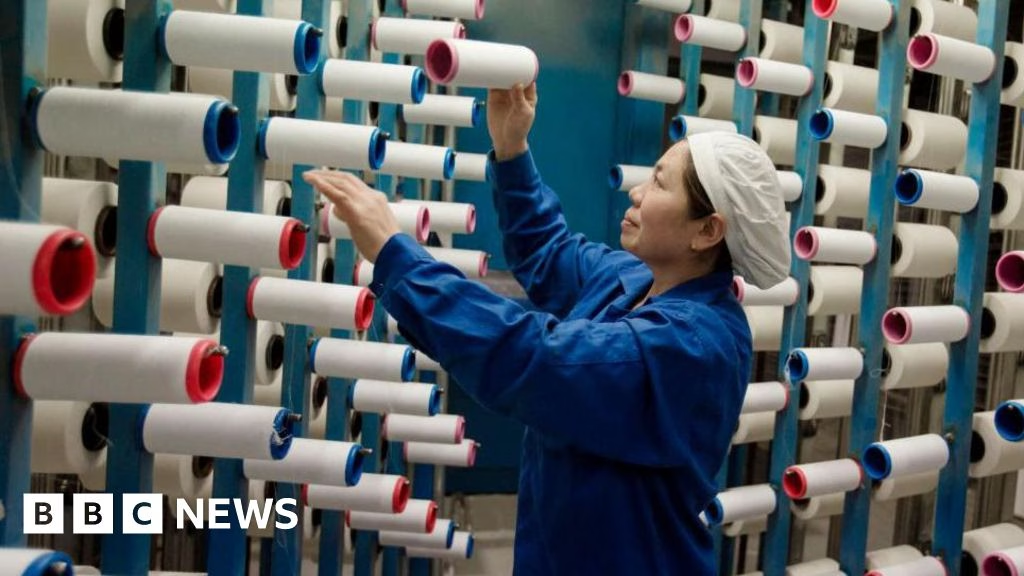In just a span of two months, US President Donald Trump hit China with a second tariff causing imports from the Asian giant to face a levy of at least 20%. This is the latest attack from Trump against Beijing that is already struggling with steep US tariffs, ranging from 100% on Chinese-made electric vehicles to 15% on garments and footwear.
Trump’s tariffs target the heart of China’s manufacturing juggernaut, a vast network that produces and ships almost everything from fast fashion and toys to solar panels and electric cars. China’s trade surplus with the world mounted to a record $1 trillion in 2024, backed by strong exports worth $3.5 trillion—surpassing its import bill of $2.5 trillion.
Working in its favor, China has been the world’s leading manufacturer, with thriving businesses drawn to cheap labor and state investments in infrastructure since its economy opened to global business in the late 1970s.
To understand how tariffs work, they are taxes charged on goods imported from other countries. Most tariffs are calculated as a percentage of a good’s value, and the importer mainly bears the cost. Essentially, if a tariff of 10% were imposed, an import from China worth $4 would face an additional $0.40 charge.
In response to Trump’s tariffs, China has retaliated with counter-tariffs of 10-15% on US agricultural goods, coal, liquefied natural gas, pick-up trucks, and some sports cars. It has also targeted US businesses in sectors such as aviation, defense, and technology with export restrictions and announced an anti-monopoly investigation into Google.
Despite potential hits to its manufacturing prowess, China’s pivot towards advanced technologies, such as robotics and artificial intelligence, provide it with an advantage that is difficult to replicate. Analysts say it’s unlikely that the rest of the world can easily replace China as a manufacturing power.
Nonetheless, China has been investing time and resources to reduce its reliance on the US market, which is still its leading export destination. Analysts foresee growth in its trade with regions like Europe, Southeast Asia, and Latin America but acknowledge that the world’s two largest economies may struggle to severed ties.
Source: https://www.bbc.com/news/articles/cdxqeg51y36o








